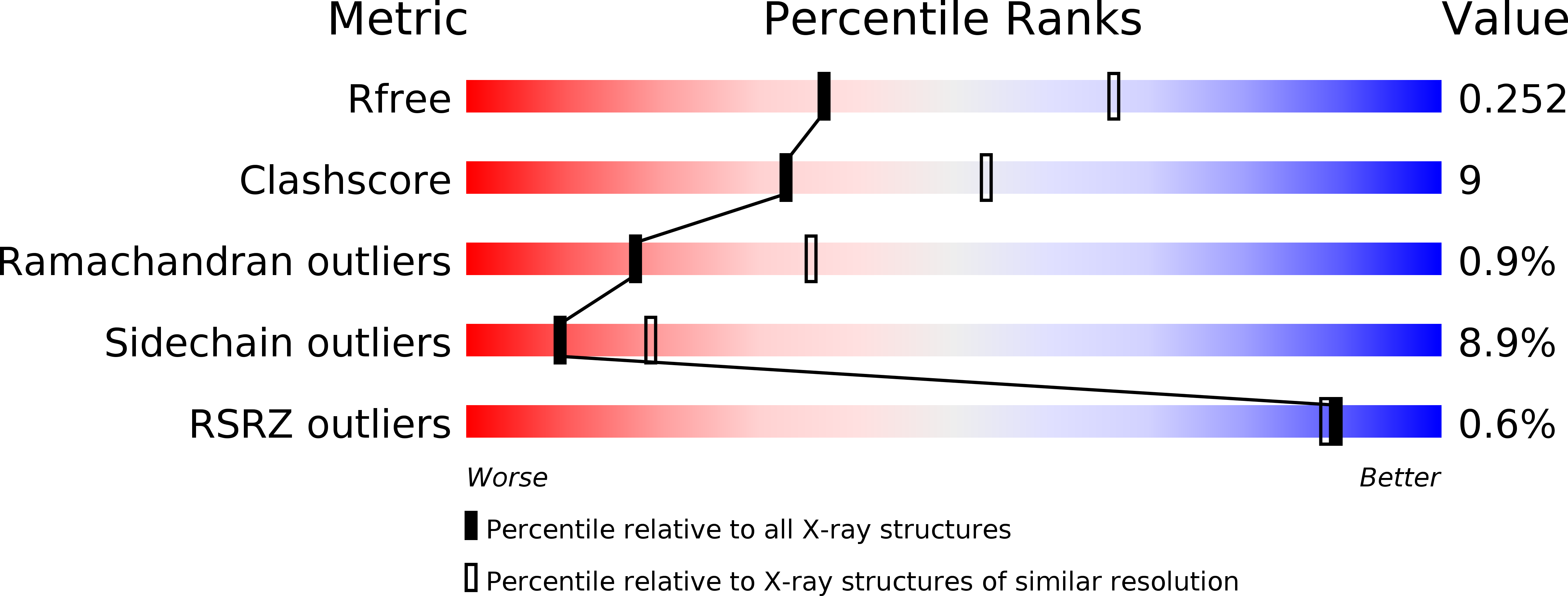
Deposition Date
2010-09-17
Release Date
2010-11-03
Last Version Date
2024-10-16
Entry Detail
PDB ID:
3OWE
Keywords:
Title:
Crystal Structure of Staphylococcal Enterotoxin G (SEG) in Complex with a High Affinity Mutant Mouse T-cell Receptor Chain
Biological Source:
Source Organism:
Mus musculus (Taxon ID: 10090)
Staphylococcus aureus (Taxon ID: 1280)
Staphylococcus aureus (Taxon ID: 1280)
Host Organism:
Method Details:
Experimental Method:
Resolution:
2.60 Å
R-Value Free:
0.26
R-Value Work:
0.21
Space Group:
P 43


